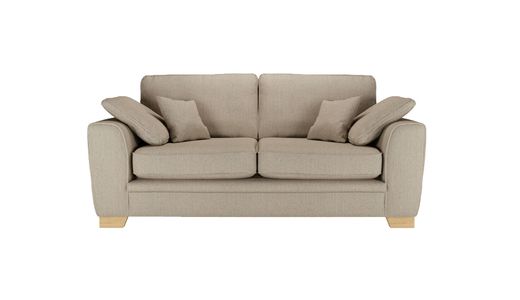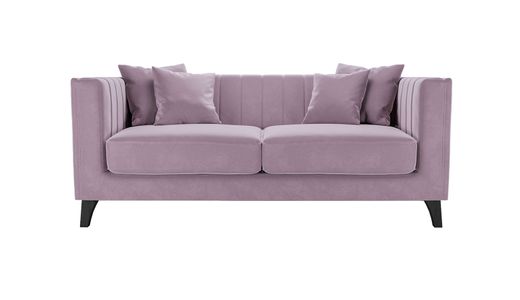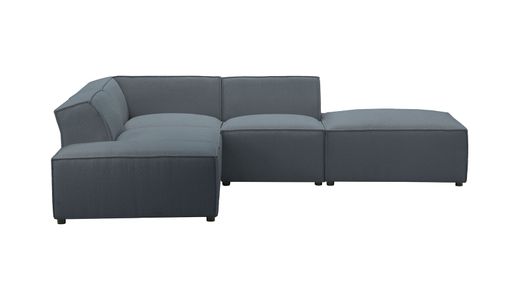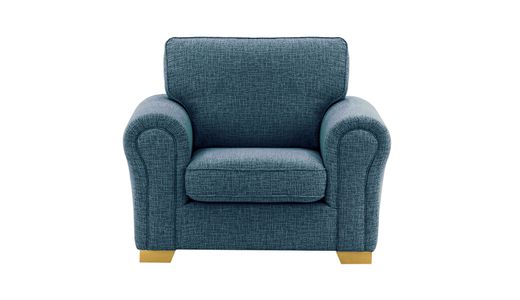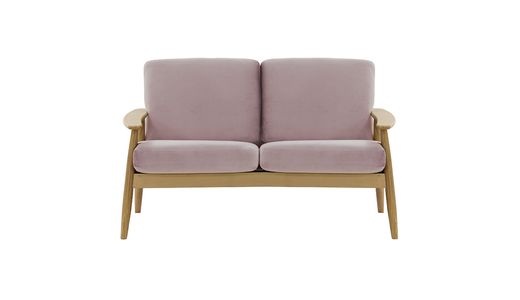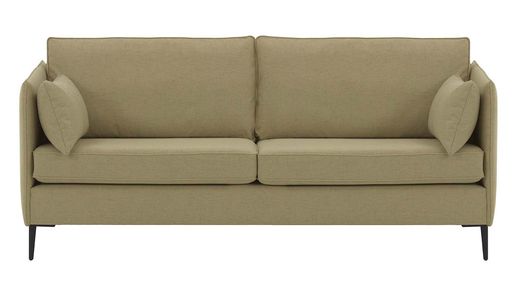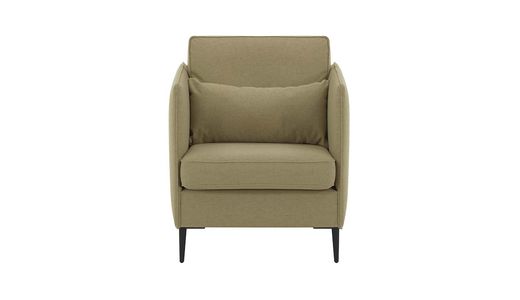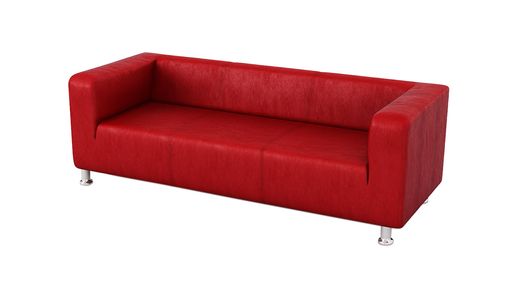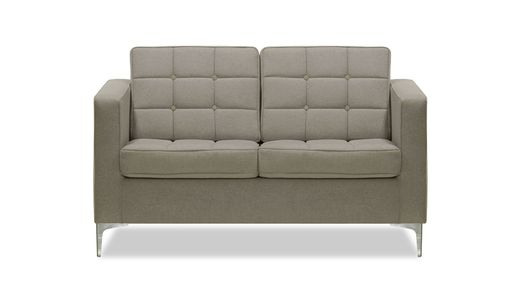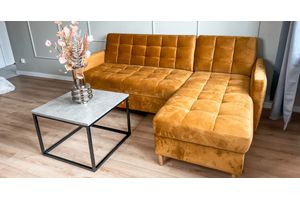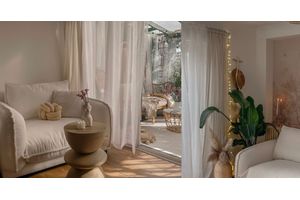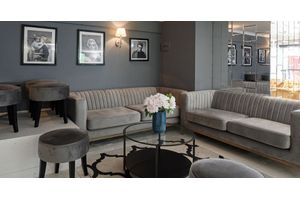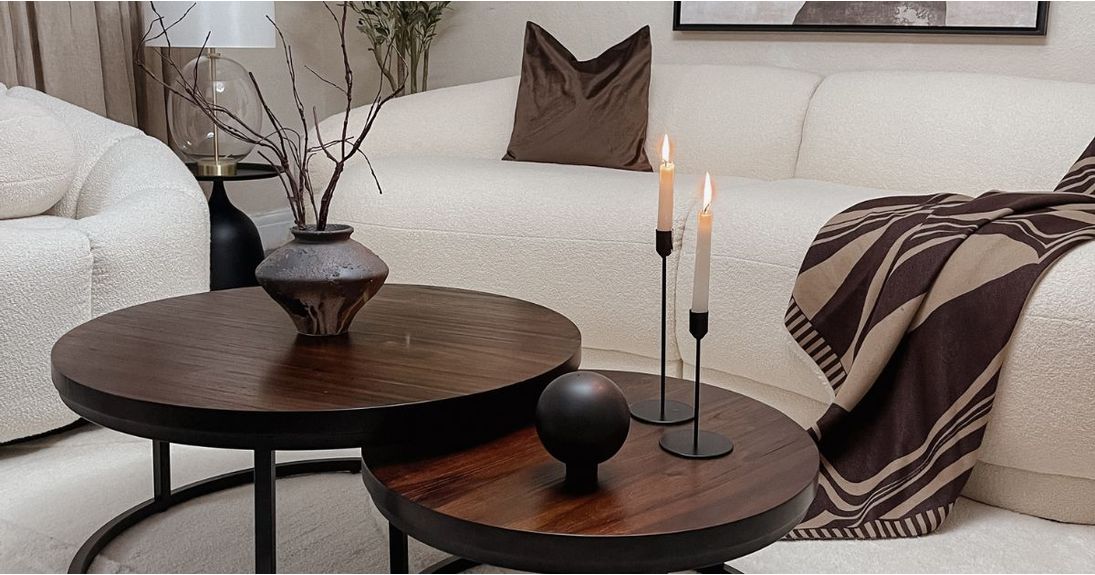
Coffee Table in the Living Room – How to Match It with the Rest of the Décor?
The living room is a space that combines relaxation, representation, and family functions. We spend many hours here each day – unwinding after work, meeting with loved ones, watching films, or enjoying an afternoon coffee. Therefore, its arrangement holds significant aesthetic and practical importance. Key roles in organising the space are played by seating furniture – sofas, corner sofas, armchairs – but we must not forget the coffee table, which ties the entire composition together and adds character.
Though not as massive and central as a sofa, the coffee table often becomes the centre of social life – it's where we place cups, set down books or remotes, and often display decorations that highlight the room's style. A well-chosen table can make the interior more elegant, cosy, or modern – depending on our preferences and other furnishings.
The Coffee Table as the Central Point of the Living Room
Modern interior design increasingly focuses on arranging spaces around a central point. In the living room, this is often the coffee table – especially when surrounded by a stylish sofa and a comfortable armchair. It's crucial that all these elements are cohesive – both in colour and style.
If you're aiming for a classic or Scandinavian-inspired interior, a natural wood-toned table paired with a soft, subdued sofa works well. In modern spaces, contrasts are effective – a black metal table with geometric legs pairs nicely with a boldly coloured or designer-shaped sofa.
A good choice for such an arrangement would be the 3 Seater Sofa Linara – its elegant appearance, high-quality upholstery, and attention to detail lend a unique style to the interior while ensuring daily comfort.
It's also worth creating a proper composition around the table. Placing it equidistant from the sofa and armchair forms the so-called "comfort triangle" – a solution often used by interior decorators to ensure ease of use without moving or rearranging furniture.
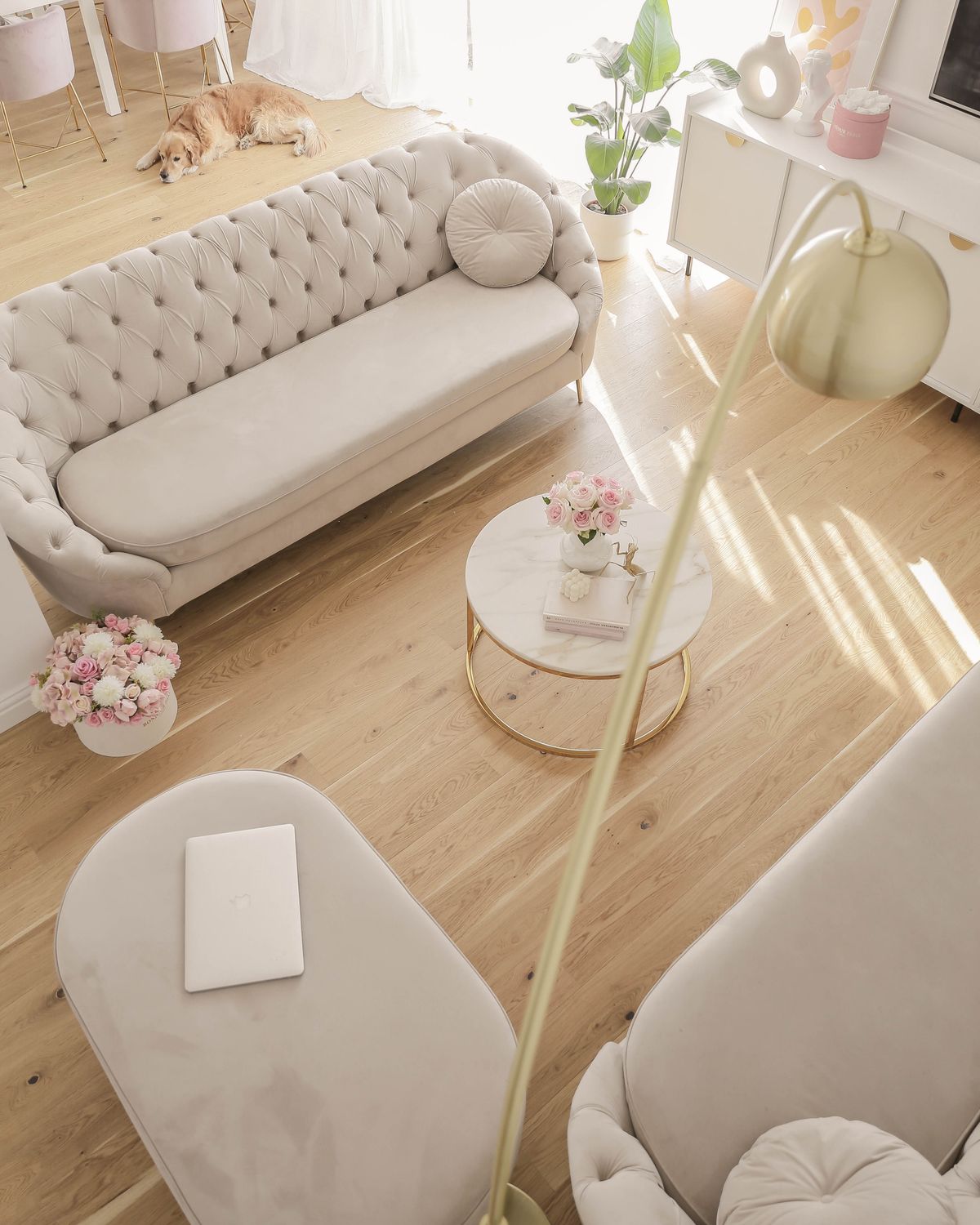
How to Choose the Height and Shape of the Table to Match Seating Furniture?
The height and shape of the coffee table are two key parameters affecting usability and the overall perception of the interior. A table that's too low can be impractical, while one that's too high may be overwhelming and uncomfortable. The ideal table height should range between 40–45 cm, aligning with the sofa seat height. This ensures that reaching for a coffee cup or setting down a book feels natural and comfortable.
The table's shape also matters. For small living rooms, especially those with a single sofa or L-shaped corner sofa, round or oval tables are ideal – they're more ergonomic, lack sharp edges, and visually soften the space. In larger areas, rectangular or square models work well, especially when paired with large corner sofas or modular furniture.
If you've already chosen your dream table or are still searching, it's worth selecting the right surroundings – for instance, the Imani Armchair, which offers seating comfort and aesthetically complements the space around the table.
Remember, the coffee table doesn't have to serve only for drinks – it can also display decorations, books, flowers, or favourite candles. This is a great way to emphasise the room's style and add a cosy, personal touch.
What to Use Instead of a Coffee Table? Alternative Solutions
Not every living room needs a classic coffee table – sometimes it's worth opting for more unconventional yet equally functional solutions. Ottomans with a table function are increasingly popular, serving both as seating and a surface for placing items. Low sideboards, vintage chests, or even lidded baskets that double as storage and tabletop surfaces also work well.
In small apartments or studios, where every centimetre counts, consider multifunctional furniture. Such pieces can change roles depending on needs – serving as a table in the morning, a footrest in the evening, and storage for blankets or books over the weekend.
Alternative solutions give the living room lightness and flexibility. If you choose such a substitute, ensure it harmoniously blends with the sofa or armchair – a cohesive colour and material palette is key to an aesthetic effect.
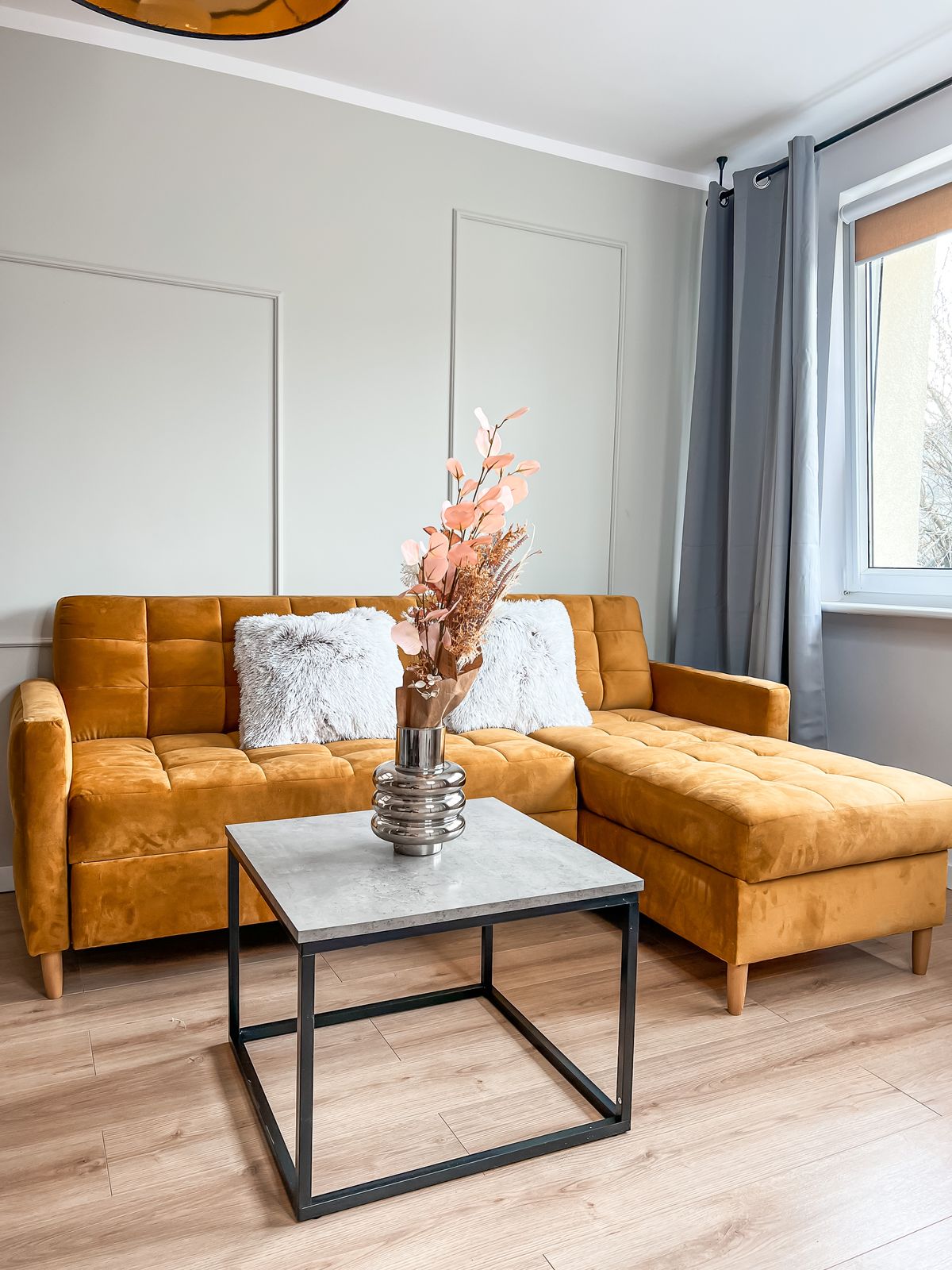
How to Highlight the Coffee Table's Character with Accessories?
The coffee table is an excellent place to express your style and personality. Even the simplest model can be enlivened with well-chosen accessories. A vase with fresh flowers, a set of stylish coasters, a scented candle, a hardcover cookbook, or even a small sculpture – all these elements can create a composition that delights daily.
It's also worth applying the rule of three: three different elements – e.g., a book, candle, and vase – arranged at varying heights and textures create a harmonious yet dynamic arrangement. If your living room has a boho style, opt for natural accessories – wood, linen, wicker. For modern interiors, black-and-white accents, glass, and metal work well.
Don't forget seasonal changes! In spring, choose pastel colours; in summer, citrus and freshness; in autumn, pumpkins and warm hues; and in winter – candles, pinecones, and festive accents. This way, your living room will always look fresh and inspiring.
Summary – A Coffee Table That "Plays Along" with the Living Room
The coffee table is much more than just a piece of furniture. It's a practical element of daily life and a unique opportunity to highlight the room's style and create a special atmosphere. Whether you choose a classic wooden model, a designer metal table, or an ottoman serving its function – remember that other living room furniture sets the tone for the entire arrangement.
Therefore, start with the essentials – a comfortable sofa, a cosy armchair, a functional corner sofa. These elements are the foundation of every well-designed living room, and a well-chosen coffee table will only enhance their charm and functionality. Your living room will become a space where you'll enjoy every moment – alone, with family, or with friends.

